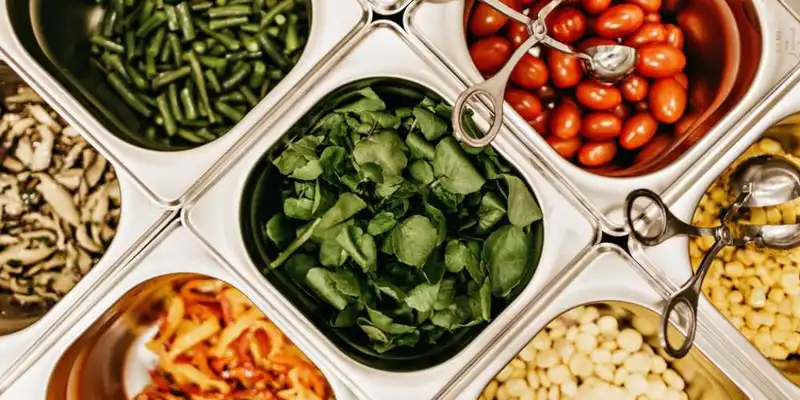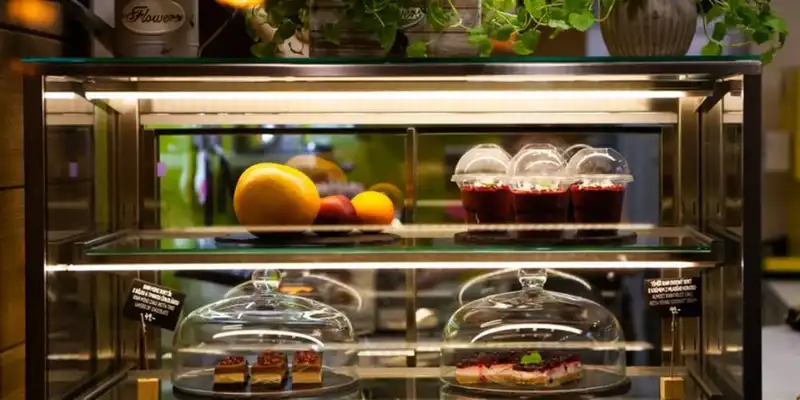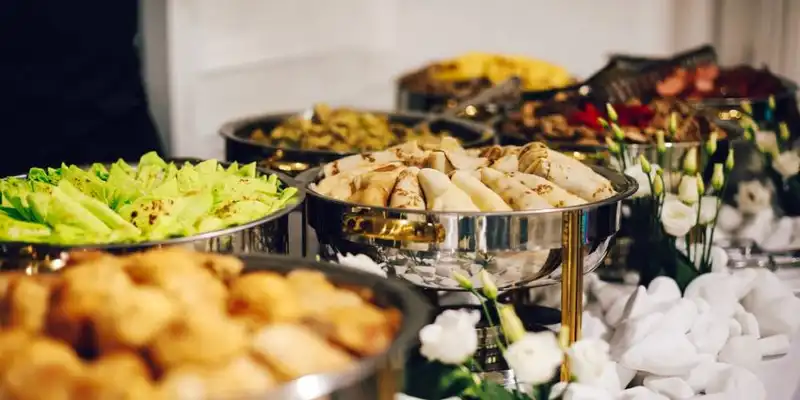How to Keep Food Out of the Danger Zone
Introduction
If you are in the restaurant industry, then you probably understand the importance of food quality safety; this includes food safety temperatures.
Familiarizing yourself along with your staff on the various types of temperature danger zones is a simple and effective way to protect your customers from foodborne illnesses and to prevent your restaurant from failing unplanned health inspections.
Here is everything you need to know in order to keep your food out of the food danger zone.
First, Know the Danger Zone

In order to make sure that bacteria do not grow on your food, you need to know the temperature danger zone. The danger zone is between 41 and 135 degrees Fahrenheit.
If food stays between these temperatures, bacteria will continue to grow the longer the time, the more the bacteria.
When the bacteria levels grow too high, the food will promptly spoil and become unsuitable for consumption.
So... Make sure you KNOW the danger zone and memorize it!
How Long Can Food Remain in the Danger Zone?
A common question that people ask is how long can the food stay in the danger zone. The simple answer to that is that you should move the food into safe temperatures within 2 hours. If you delay it longer than 2 hours, the bacteria would have already have grown on the food.
For cold foods, the safe temperature is anything below 40 degrees Fahrenheit, whereas for hot food the safe temperature is above 140 degrees Fahrenheit.
Keeping Food Out of the Danger Zone

If you want to make sure that your food stays out of the temperature danger zone, the only way to do it is by monitoring the temperature regularly. This becomes even more important when you are holding food on a salad bar or buffet.
- To monitor the temperatures, it is recommended that you use secondary thermometers because the in-built thermometer in the refrigerator might not be as accurate as you want it to be.
- You should also make sure that you calibrate the thermometers with regular intervals.
- Maintain a written record for everything including the temperature and the time it was taken.
Knowing the safe cooking temperatures of meat is also very important because it prevents the spread of bacteria like listeria and salmonella - and more importantly, keeps your customers safe.
Here are the ranging temperatures based on the type of meat
- Ground Meat around 160 to 165 degrees Fahrenheit
- Beef 145 degrees Fahrenheit
- Poultry 165 degrees Fahrenheit
- Eggs until the white and yolk is firm
How to Rapidly Cool Hot Foods
If you are preparing a large batch of a certain dish, chances are you are not going to serve it right away. If this is the case, you will need to make sure that you cool that dish as quickly as possible.
You should never put hot food directly into the refrigerator. This is because the hot food will raise the temperature while inside the refrigerator, therefore creating a chance of spoiling the other foods that are also present.
- It is recommended that you use a blast chiller instead, this is because a commercial blast chiller is designed to drastically drop the temperatures of any food that you put into it.
- You should also make sure that you store the food in shallow containers so that the distribution of the temperature is even.
- If you are looking for another way to efficiently cool hot food and bring it into the food safety temperatures zone, you can simply give the hot food an ice bath.
Maintaining Safe Temperatures with Food Holding

Once the food is ready, no matter hot or cold it is important that you maintain the safe temperatures before serving it to your guests. There are many scenarios where food is prepped and presented, but it is not meant to be eaten immediately, so the food sits for a longer period of time.
This can include buffet lines, catering events, and salad bars.
When it comes to salad bars, you need to make sure that the temperature of the food remains below 41 degrees Fahrenheit otherwise the bacteria will start to grow on the food.
Holding Hot Food
When it comes to hot food and staying away from the danger zone
- You need to make sure that you are not reheating the food. What you need to do is make sure that you maintaining the temperature of already hot food above 140 degrees Fahrenheit.
- To do this you will have to stir the food frequently to distribute the heat and also keep the food covered.
- You should also keep the food covered to keep all contaminants out.
- Discard any food that has been below 140 degrees Fahrenheit for more than 2 hours.
- Lastly, never mix fresh food with the food that was already held for service.
Below you will find the things that you need to know to hold cold food
- Make sure that the equipment keeps the food below or at 41 degrees Fahrenheit.
- Besides some foods such as vegetables and fruit, you should not put any food directly on ice.
- Always keep the food covered.
- Cold food can be kept for up to 6 hours without refrigeration, after 6 hours the bacteria will start to contaminate the food.
- Lastly, you should discard any cold food that goes above 70 degrees Fahrenheit.
How Often to Check On Food Temperatures
To make sure that the food is at the right temperature, you will need to make sure that you monitor the temperature of the food.
It is recommended that you check the temperature of the food every 4 hours maximum. If you want to give yourself an added advantage you should check the temperatures at least every 2 hours so that you have time to take action.












